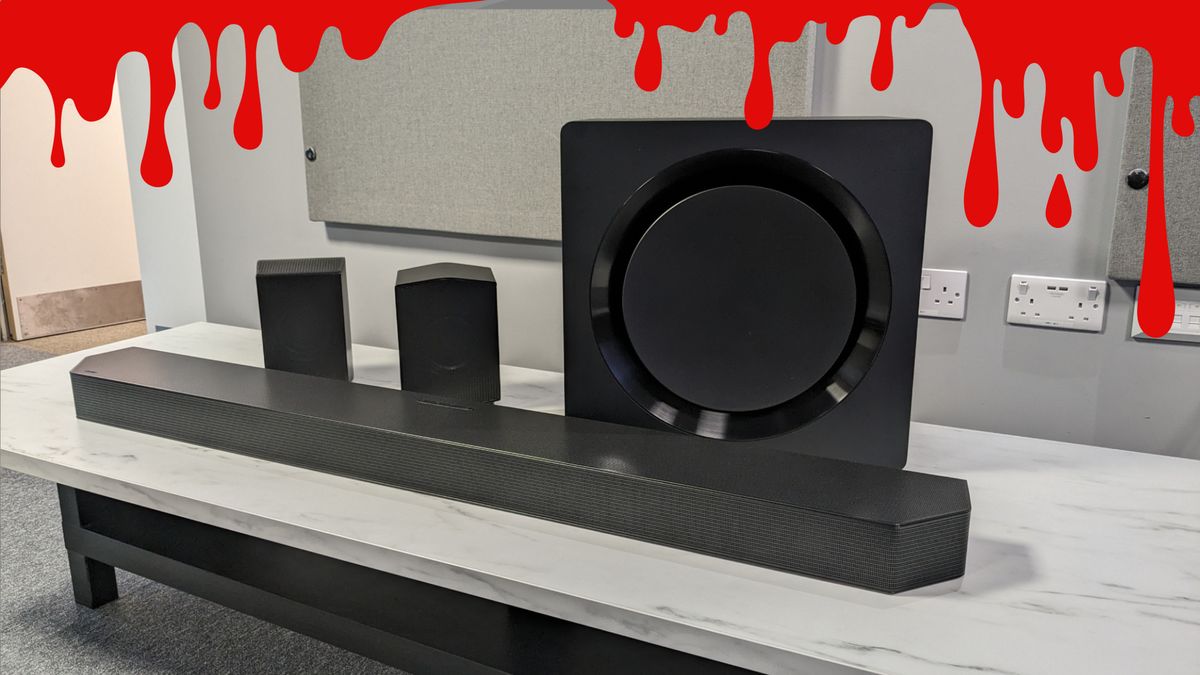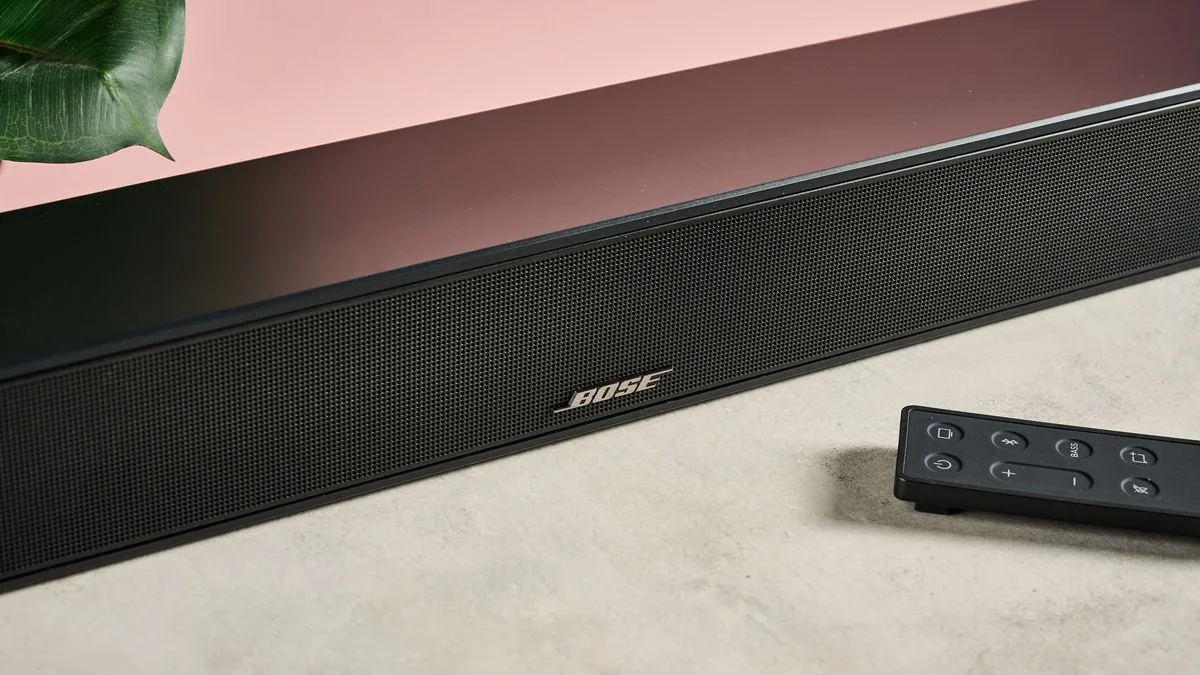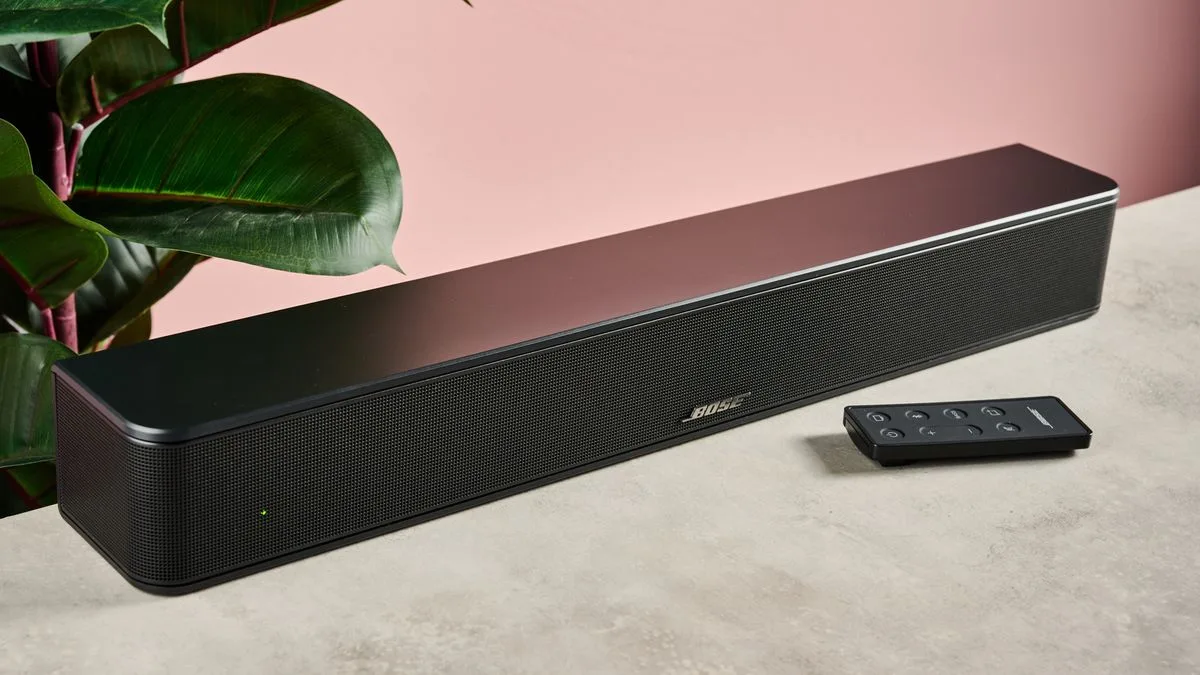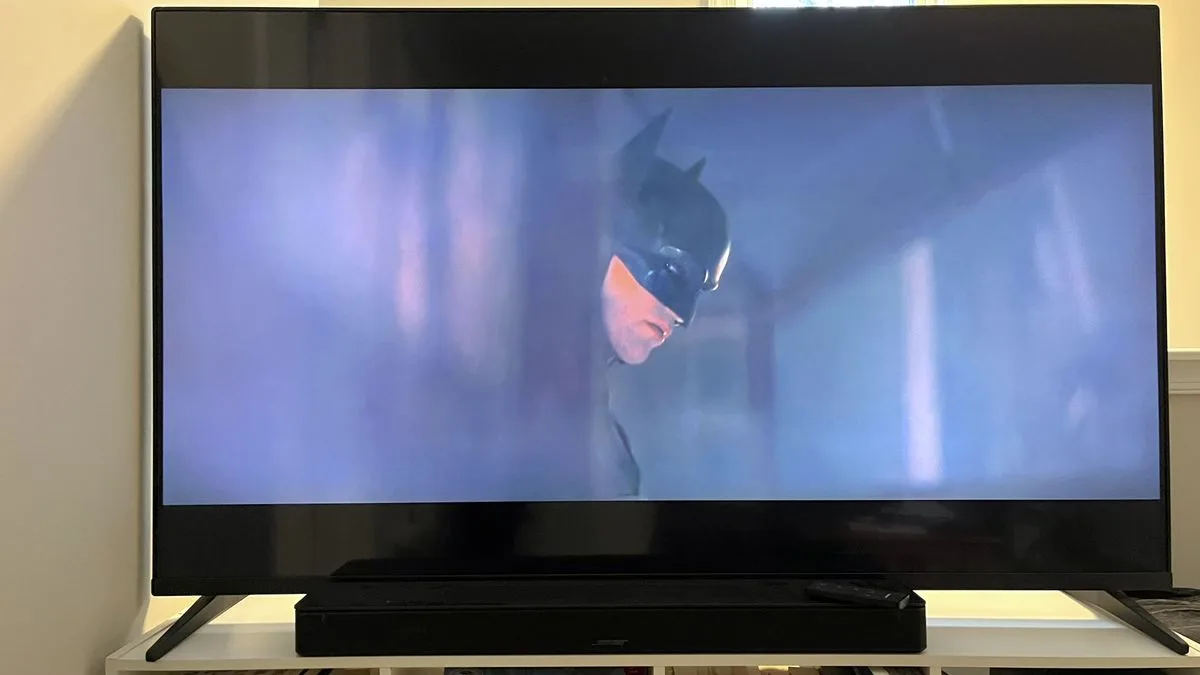Samsung promises free repairs for everybody You’re probably going to have to send your unit away for a while Some support techs don’t seem to have been informed As we reported last week, several Samsung soundbars including the flagship Samsung HW-Q990D have been rendered inoperable by a faulty firmware update. The firm promised to investigate, […]







